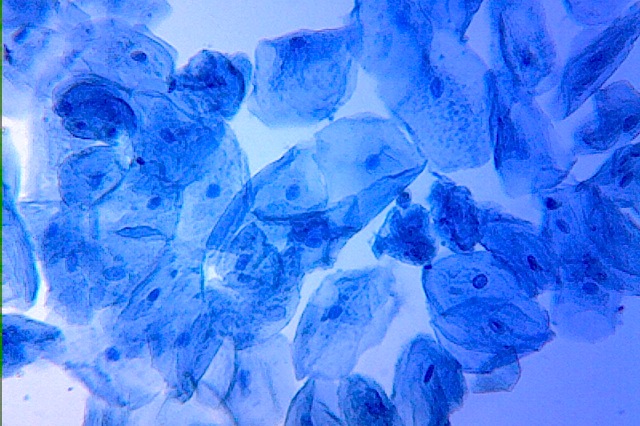Posted By:
 Steve Parcell
Steve ParcellCategory:
Intravenous Therapy
In the search for ways to improve memory, focus, and overall brain performance, one unexpected candidate has resurfaced with promising results — a vivid blue compound called methylene blue. Initially developed in the 19th century as a fabric dye, methylene blue quickly became a medicine for treating malaria and certain blood disorders. Today, researchers are rediscovering this compound for its potential to support cognitive function, especially...






